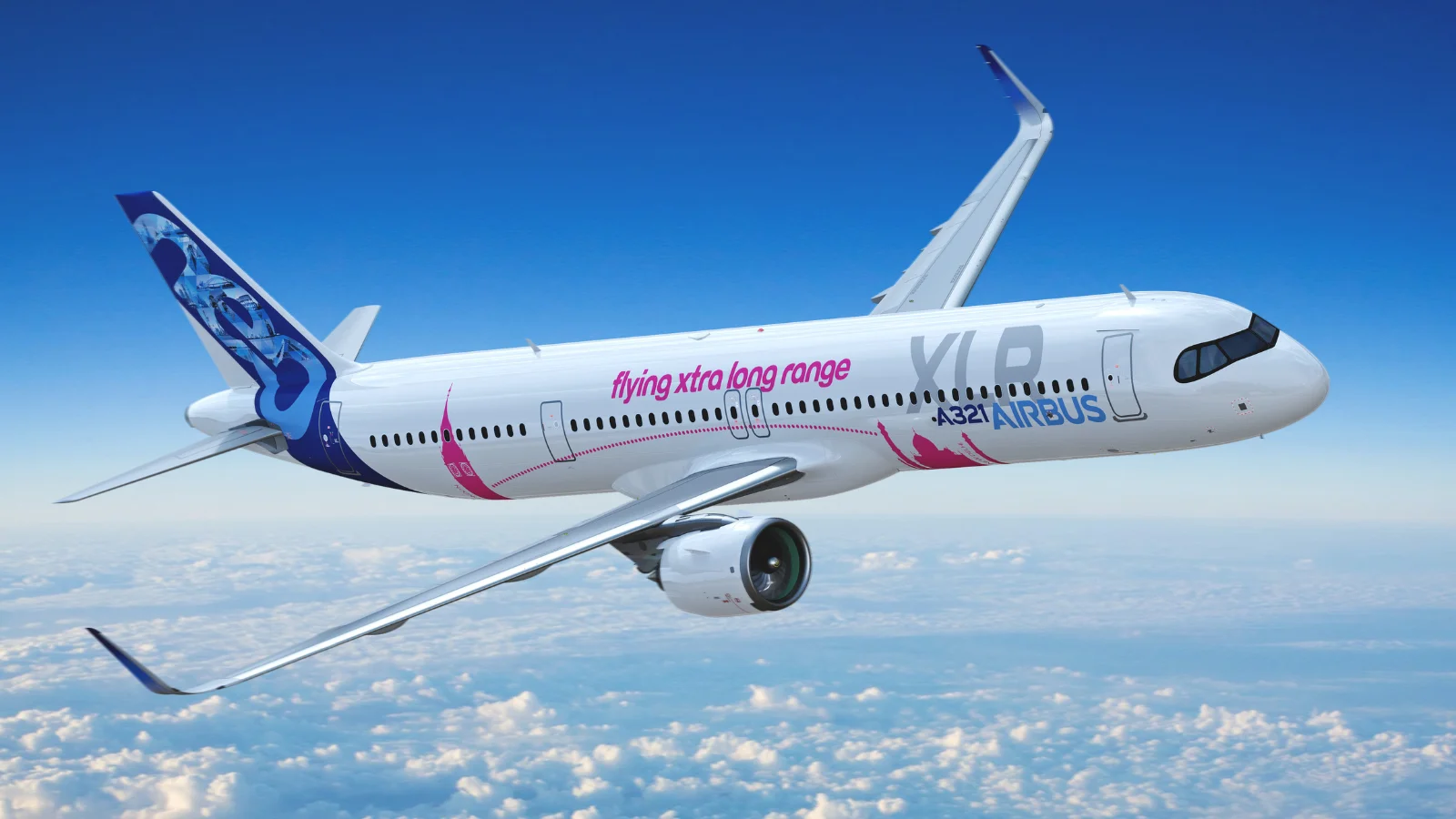North American airlines are showing strong interest in the Airbus A321XLR for their transatlantic operations, with the aircraft seen as a potential replacement for the Boeing 757 and a way to open new long-haul routes that were previously not possible. The A321XLR’s range and operating costs make it attractive for airlines seeking to expand into thinner markets between North America and Europe.
However, industry observers note that there are certain routes where deploying the A321XLR may not be ideal. Slot-constrained airports such as London Heathrow, Amsterdam Schiphol, and Frankfurt present challenges due to limited takeoff and landing slots. The aircraft’s lower capacity makes it less suitable for high-demand routes connecting major hubs at these congested airports.
The plane is considered best suited for “long and thin” routes—those with moderate demand over longer distances—rather than trunk routes with heavy passenger traffic. Airlines might prefer to operate widebody jets on busy hub-to-hub connections because they can carry more passengers per flight, maximizing use of scarce airport slots.
 Alerts Sign-up
Alerts Sign-up




































